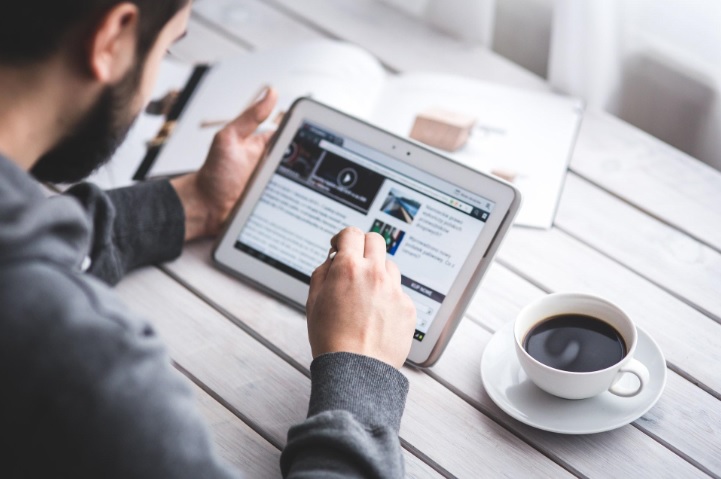Images are crucial visual elements on a website, especially on ecommerce websites. However, images can slow your website to a point where visitors turn away. Images can also help or hurt your SEO, so you need to know how to optimize them for better rankings.

Here are a few ways of doing so.
Use Direct, Descriptive File Names and Alt tags
Image search is quite important, especially when people are looking for a product. Instead of using the file name assigned by your camera, you should make a point of using keywords and descriptive terms for your image names. Instead of using a name like D001296.jpg, you could instead use baby-blanket-boy-blue.jpg. Think about the terms people would use to find your products and use those in your file names.
Alt attributes tell your browser what an image is when it cannot be loaded properly. They are also crucial for those using screen readers. Because of how critical they are, they weigh heavily when Google and other search engines are ranking images. Use the same strategy you use for file names to include the best Alt tags for your images.
Resize Your Images
Image dimensions and weight have a significant effect on your website’s load times. No one wants to wait for more than a few seconds for a website to load and this increases your bounce rate. Google also considers page load times when ranking websites, with slower websites ranking lower than faster ones.
The best thing you can do is reduce the image’s size depending on where it will be used on your website and use lossless compression so that it is lighter without losing quality. Image editing software like Photoshop have “Export as” or “Save For The Web” options that you can take advantage of.
These options compress your image so that it is lighter to upload and faster to load when a visitor visits your website. If you take large, higher-quality photos, you might see a significant delay as the images are compressed and optimized.
If you have this issue and optimize a lot of photos, you can save a lot of time by switching to a computer with a more powerful graphics card. The new Intel Arc graphics card is a powerful but affordable option for creatives. You can learn more about it on Lenovo.com and also see how it compares to the older integrated graphics cards from Intel.
As for the size of the image, CSS now allows you to load the right image according to the size of the visitor’s device. Ask your developer to help you take advantage of this feature on your website.
Choose the Right Image Format
You are looking for an image format that allows easier compression with little loss in quality. The JPG (JPEG) format fits this description perfectly. PNG files degrade considerably after resizing, but they are great if you have an image with a transparent background.
Optimizing your images for SEO is very important as it ensures a great user experience and better ranking on search engine result pages. Fortunately, doing so is much easier with the tools already available.